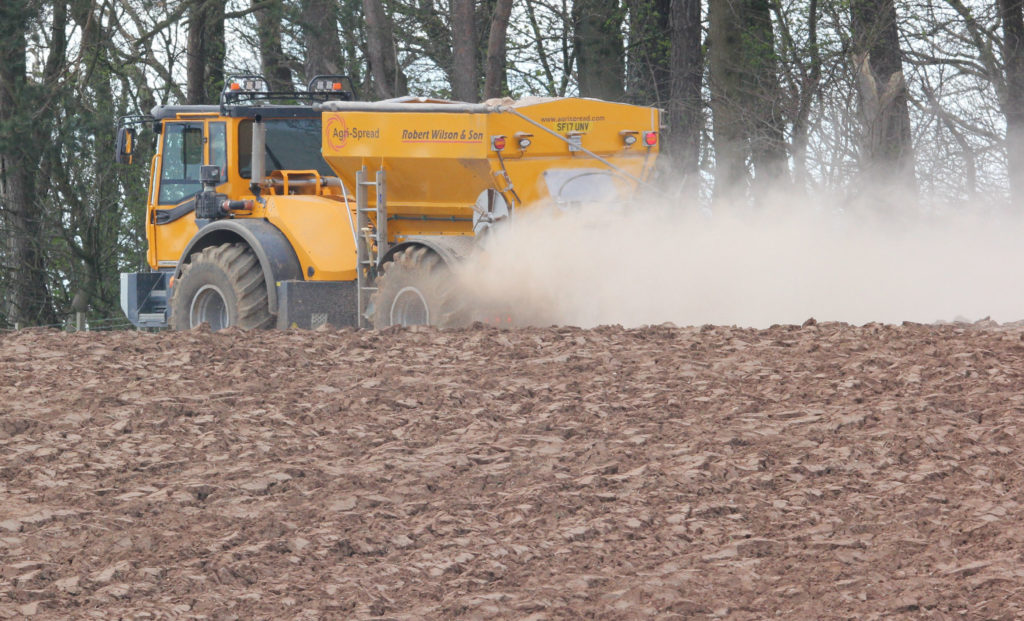Best Use of Limited Supplies: Liming materials and magnesium
Maintaining optimum soil pH is required to achieve maximum yields of combinable crops, minority crops and vegetable crops. When soils are below target for pH yields will be lower and this should be accounted for as part of your fertiliser management plan - see FAS TN714 (2019): Liming materials and recommendations.
- After harvest, get soils tested for soil pH, extractable P, K and Mg if soils have not been sampled for 4 or 5 years. Contact your local office and they will provide details and the procedure for collecting and getting the soils samples analysed.
- Aim for an optimum soil pH of 6.0 to 6.2 on mineral soils. Aim lower at pH 5.3 to 5.5 on peaty soils.
- Liming materials can be ordered from suppliers based in UK and should be purchased based on the price relative to the neutralising value and fineness of the products on offer.

- Materials such as composts, digestate, and biosolids becoming available for use in agriculture. When assessing their potential liming value, it is important to make a distinction between the pH of the material and its neutralising value (see FAS TN714 (2019)).
- At soil pH values below 5.6 in mineral soils in Scotland, soluble aluminium inhibits cereal root growth and reduces yield. The aim should be to apply liming material to avoid patches with pH below 5.6 in all parts of the field on mineral soils.
- Soil pH can vary considerably metre by metre, especially if there is a range in soil textures within fields. GPS sampling for soil pH at 4 samples/ha, each sample containing several cores bulked together, and variable lime application can be cost-effective in many fields. Identifying major soil types and yield variation in the field is a key step in establishing the need for GPS sampling. Before embarking on GPS sampling within fields for soil pH:
- Compare crop and variety performances between fields
- Identify and calculate the financial loss to the farm of poor output areas
- Identify and remedy soil structural and wetness problems
- Identifying major soil types on your farm can be obtained from web-based tools developed by The James Hutton Institute staff, who have created the SIFSS (Soil Indicators for Scottish Soils) website which allows you to access information on your soils. SIFSS is also available as a free iPhone app (see Technical Note (TN656) 2014: Soils information, texture and liming recommendations).
Magnesium (Mg)
See FAS TN714 (2019): Liming materials and recommendations
- All crops have a requirement for magnesium, which should be applied if soil Mg levels are very low (VL) or low (L).
- Where soil Mg Status is VL or L and soil acidity needs to be corrected, applying magnesian limestone is recommended. An application of 5 t/ha of magnesian limestone will add at least 750 kg MgO/ha, and this Mg will become plant-available over many years.
- For most vegetable and minority crops, apply magnesium (MgO) at 150 kg/ha where the status is VL and 100 kg/ha where L. The exception is peas and beans, where 100 kg/ha MgO should be applied where the soil status is VL and 50 kg/ha where L.
Dr Alex H Sinclair for the Farm Advisory Service
Sign up to the FAS newsletter
Receive updates on news, events and publications from Scotland’s Farm Advisory Service
